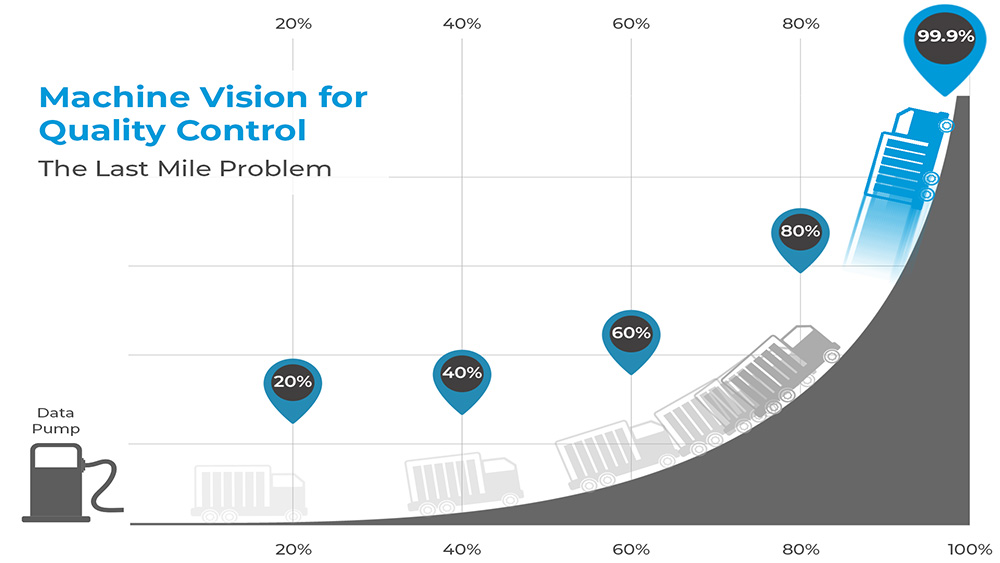The “Last Mile Problem” illustrates how achieving near-perfect accuracy (99.9%) in quality inspection dramatically increases in difficulty, underscoring the value of AI-powered synthetic data.
In 2025, sustainability is no longer optional—it’s a strategic imperative. Manufacturers, responsible for nearly 40% of global material waste, face rising demands to reduce emissions, cut waste, improve product consistency, and enhance efficiency.
|
ADVERTISEMENT |
Artificial intelligence (AI) is central to this transformation, with more than $200 billion invested in industrial AI last year alone. Yet one area is emerging as the true game-changer: quality control.
Effective quality control reduces material waste, energy use, and downtime—supporting not only operational efficiency but also corporate sustainability goals. However, achieving the necessary level of precision—especially the critical leap beyond the approximately 80% defect detection accuracy often reached relatively easily in proof-of-concepts or early deployments—has proven a major hurdle.
When manual inspection hits its limits
For manufacturers, the tipping point often arrives quietly—when manual processes that once sufficed start holding everything back.
Jaap Wiersema, managing director at Aviation Glass & Technology BV, recalls reaching that exact moment:
…

Add new comment